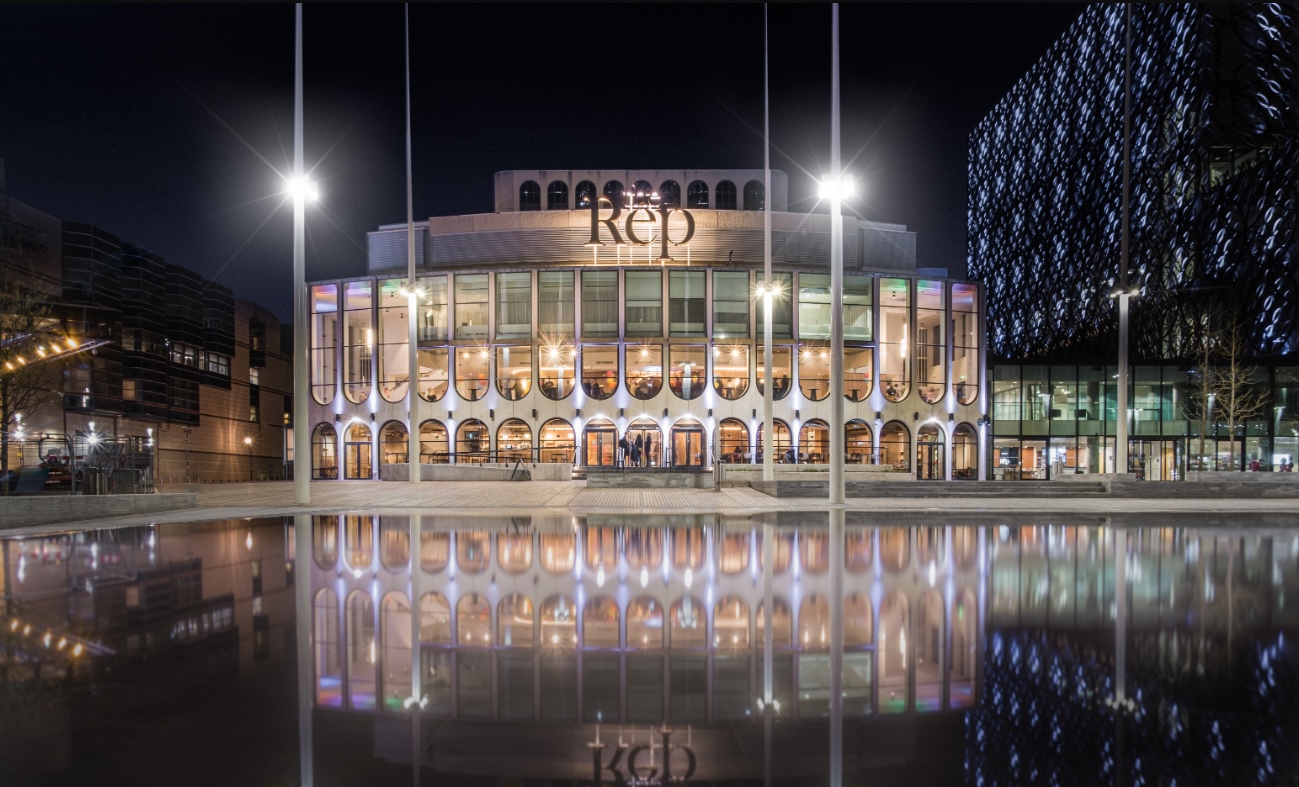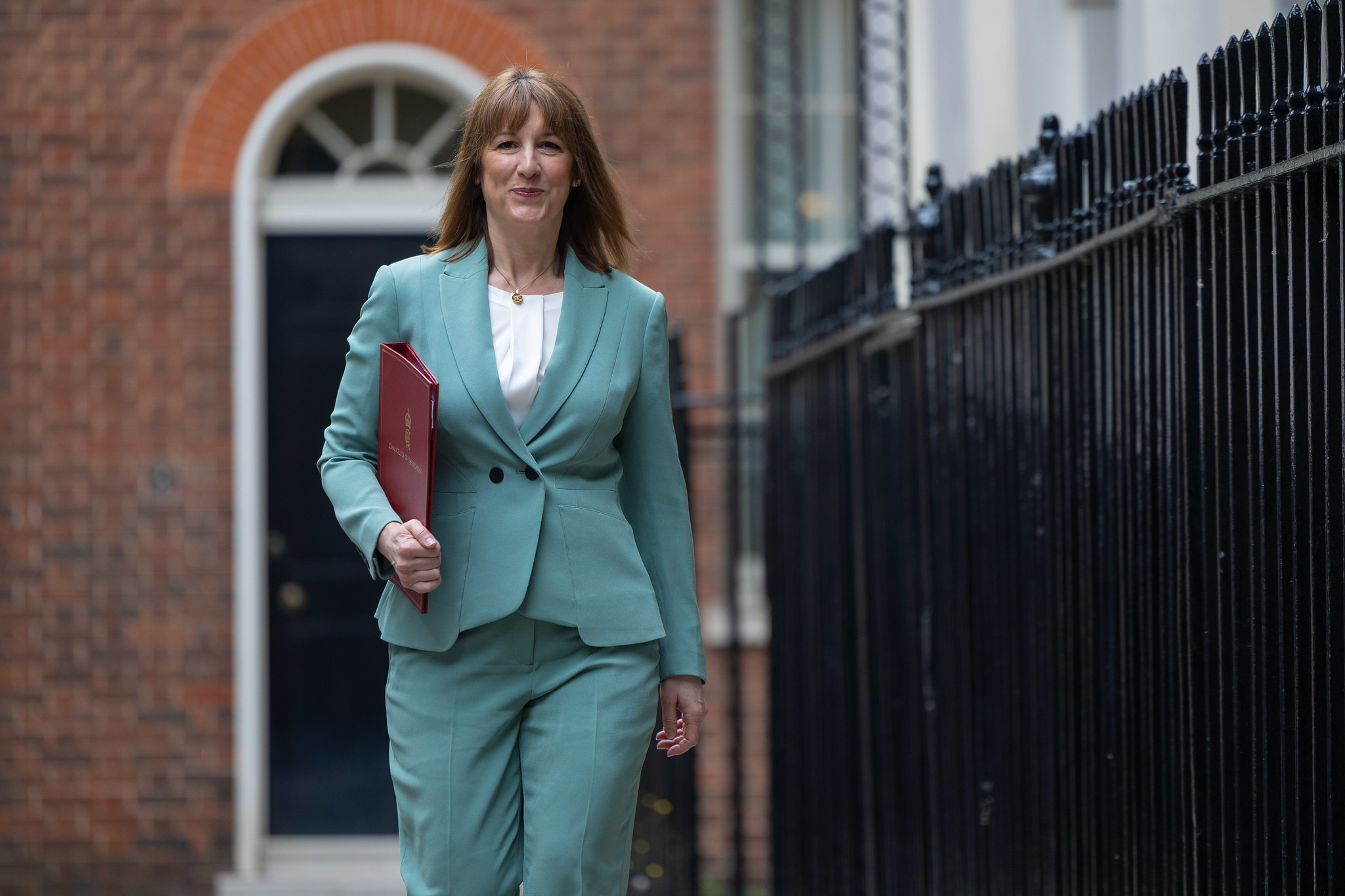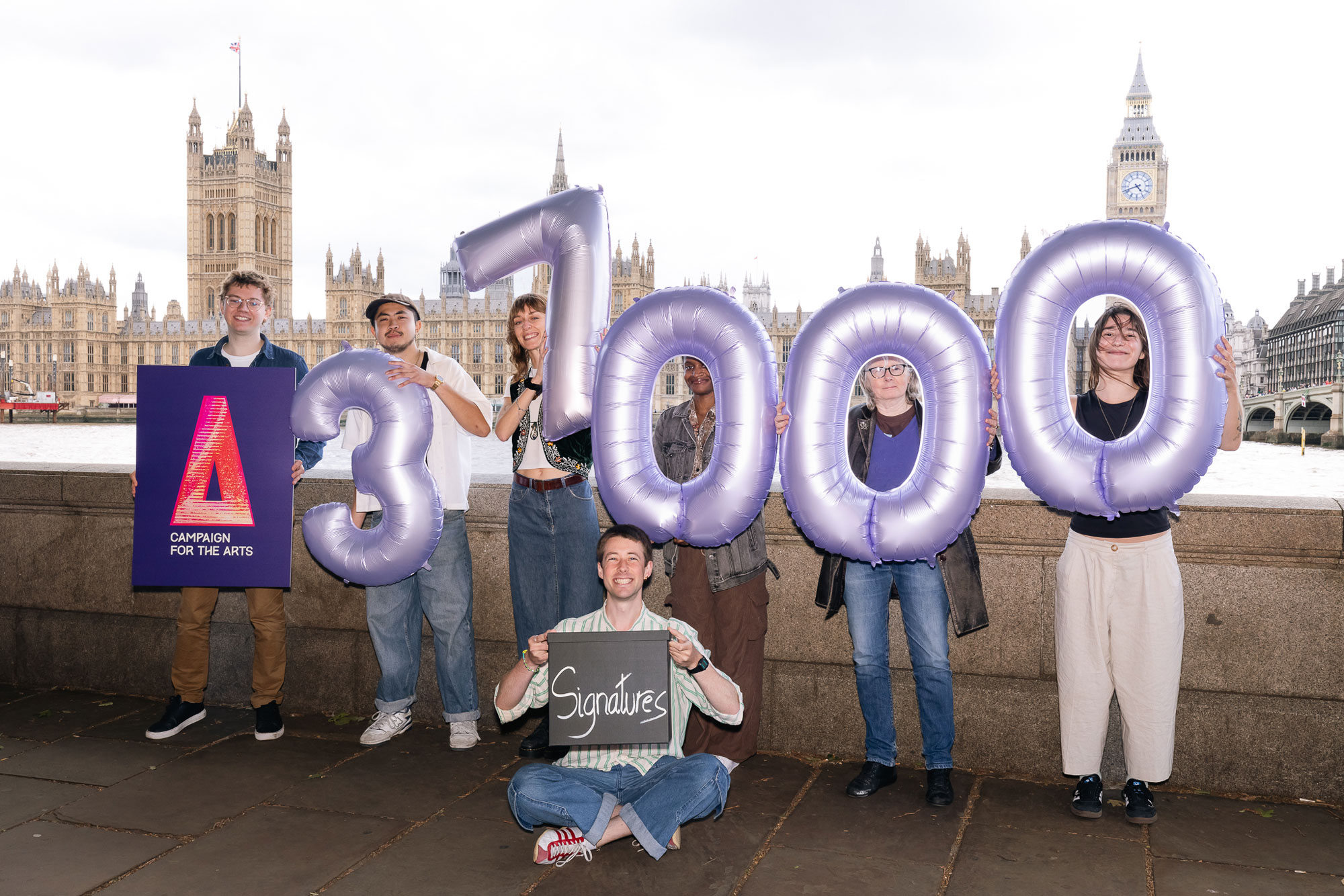New analysis by the Campaign for the Arts reveals that local government culture spending per person in England has now been cut by more than 50% since 2009-10, further jeopardising local access to the arts.
News of this significant milestone being crossed comes as councils are setting next year’s budgets, and grappling with fast-growing financial pressures. The Campaign for the Arts has launched an open call for information from the public about new proposed cuts to local arts budgets, to build as full a picture as possible.
Local authorities are the largest single public funder of culture in England1, but the Campaign for the Arts’ analysis shows that this crucial source of cultural funding has been squeezed considerably in recent years. Since 2009-10, revenue expenditure on culture, heritage and libraries in England has fallen by 50.4% in real terms, from £42.42 to £21.05 per person. Per-person spending on museums and galleries has shrunk by 48%, whilst the equivalent library service spend has been cut by 54%.
Before the Autumn Budget the Local Government Association warned that councils faced a funding gap in 2025/26 of £2.3 billion.2 ‘Culture and leisure’ was one of the five areas of most concern in budget setting for district councils, with over half of their chief executives (55%) saying that museums, galleries and theatres would be negatively impacted in 2025/26.3
At the Autumn Budget, Chancellor Rachel Reeves committed to “support local authority services through a real terms increase in core local government spending power of around 3.2%”, including at least £600 million of new grant funding to support adult and children’s social care.4 However, planned increases in the minimum wage and in employers’ national insurance may mean a £2.8 billion increase in the cost of adult social care in the next financial year – worsening rather than alleviating a key driver of local cuts to culture.5
Jack Gamble, director of the Campaign for the Arts, said:
“Local access to the arts depends on local funding, but that funding continues to be critically at risk due to the pressures on councils’ budgets. Each cut poses a further risk to cultural opportunities, hitting underserved communities the hardest. We urge both the UK Government and local authority leaders to ensure that these opportunities are protected and available to everyone, not just the privileged few.”
Cllr Liz Green, Chair of the LGA Culture, Tourism and Sport Board, said:
“This analysis highlights the worrying situation local government finds itself in, where rising demand for statutory support is leaving less funding for cultural and sporting services. The cancellation of levelling up culture projects in the Budget was disappointing for areas affected. We believe that arts and cultural services are not only vital to community cohesion and happiness but also to achieving the ambition of driving inclusive economic growth across the whole of England. Councils remain the biggest public funders of sports and culture services in England, but this report shows the desperate need for them to have the funding they need to continue delivering these services and promote further investment in community services alongside a streamlining of funding pots made available for cultural projects.”
Councils have long been crucial investors in opportunities for members of the public to engage with the arts. However, earlier this year, several local authorities including Nottingham, Birmingham and Suffolk proposed 100% cuts to their culture budgets. Ipswich’s New Wolsey Theatre warned that over 5,000 people would be affected by the loss of low and no-cost ticket schemes.6 The City of Birmingham Symphony Orchestra said that the withdrawal of its council funding for the first time in 100 years would have a “lasting impact on the breadth and depth of work that we can deliver for the city.”7
In July, the Campaign for the Arts revealed the sheer scale of the council cuts to cultural services since 2010 in the The State of the Arts report, co-authored with the University of Warwick. Today’s updated analysis shows that the decline continues to deepen – with a 4% reduction in per-person cultural spending in the one year between 2022-23 and 2023-24.
- Cultural funding: challenges and opportunities, Local Government Association[↩]
- 1 in 4 councils likely to need emergency government support – LGA survey, Local Government Association[↩]
- Council finances and Autumn Budget 2024 Survey of chief executives, Local Government Association[↩]
- Autumn Budget 2024, gov.uk[↩]
- Social care providers at risk of collapse as analysis reveals cost to sector of employer national insurance hike, Nuffield Trust[↩]
- Ipswich New Wolsey Theatre faces cuts to community work, Ipswich Star[↩]
- A collective response to the BCC cuts to the arts and culture sector in Birmingham, BCC[↩]



